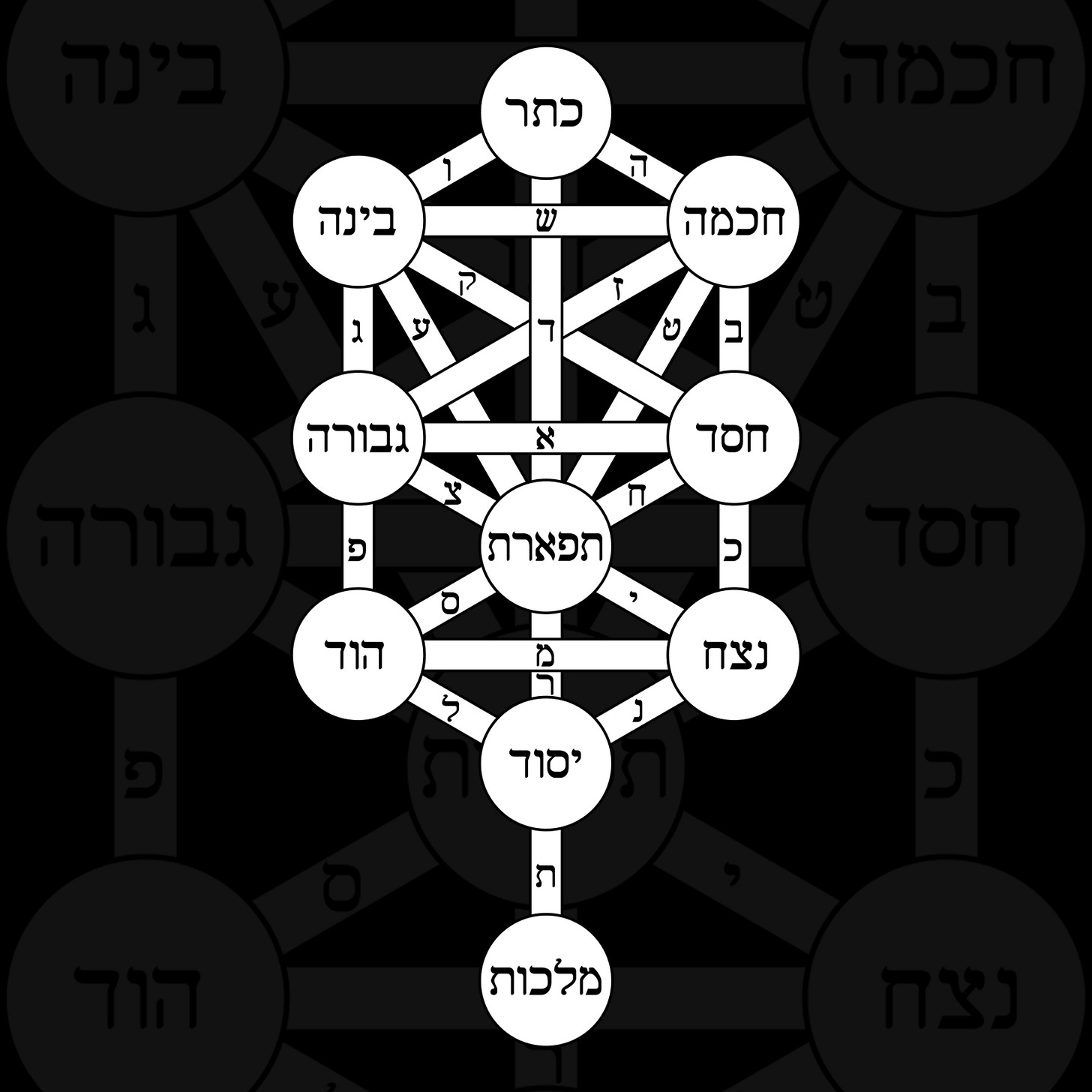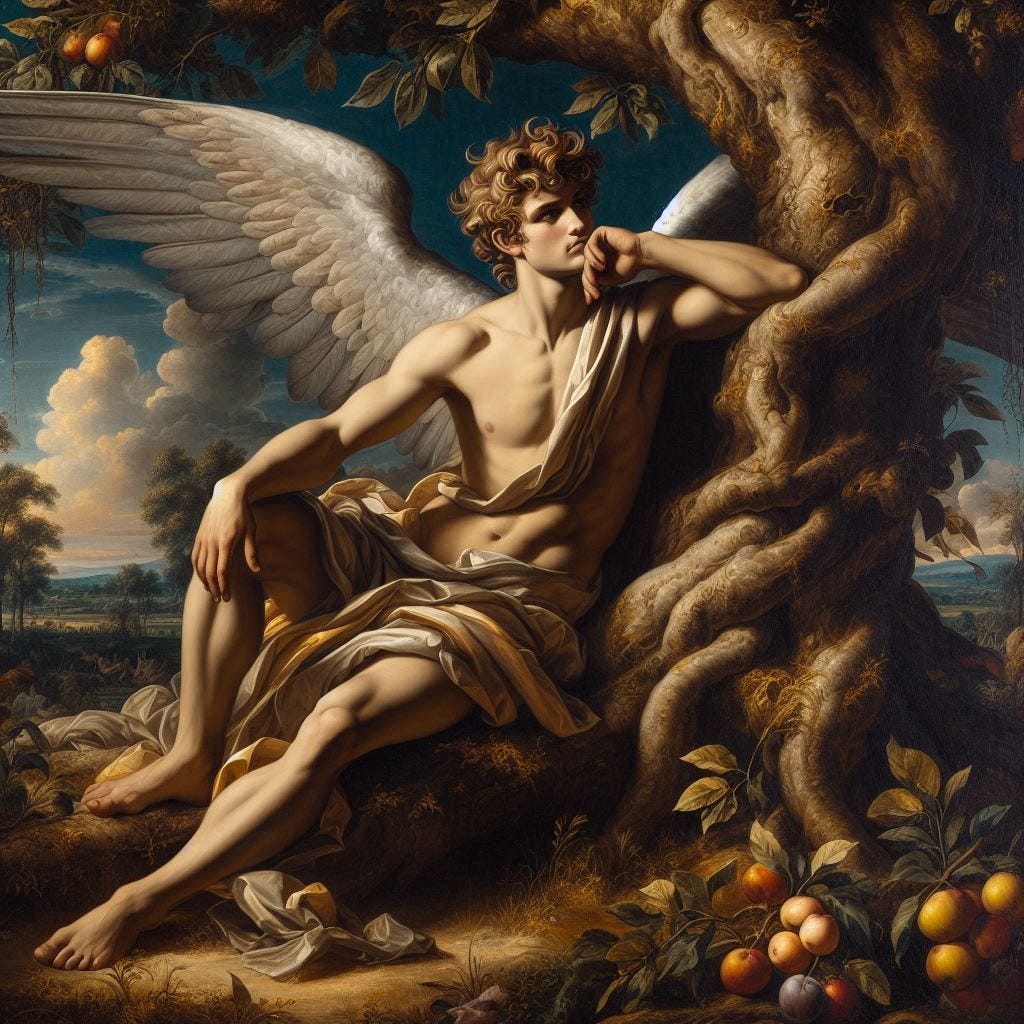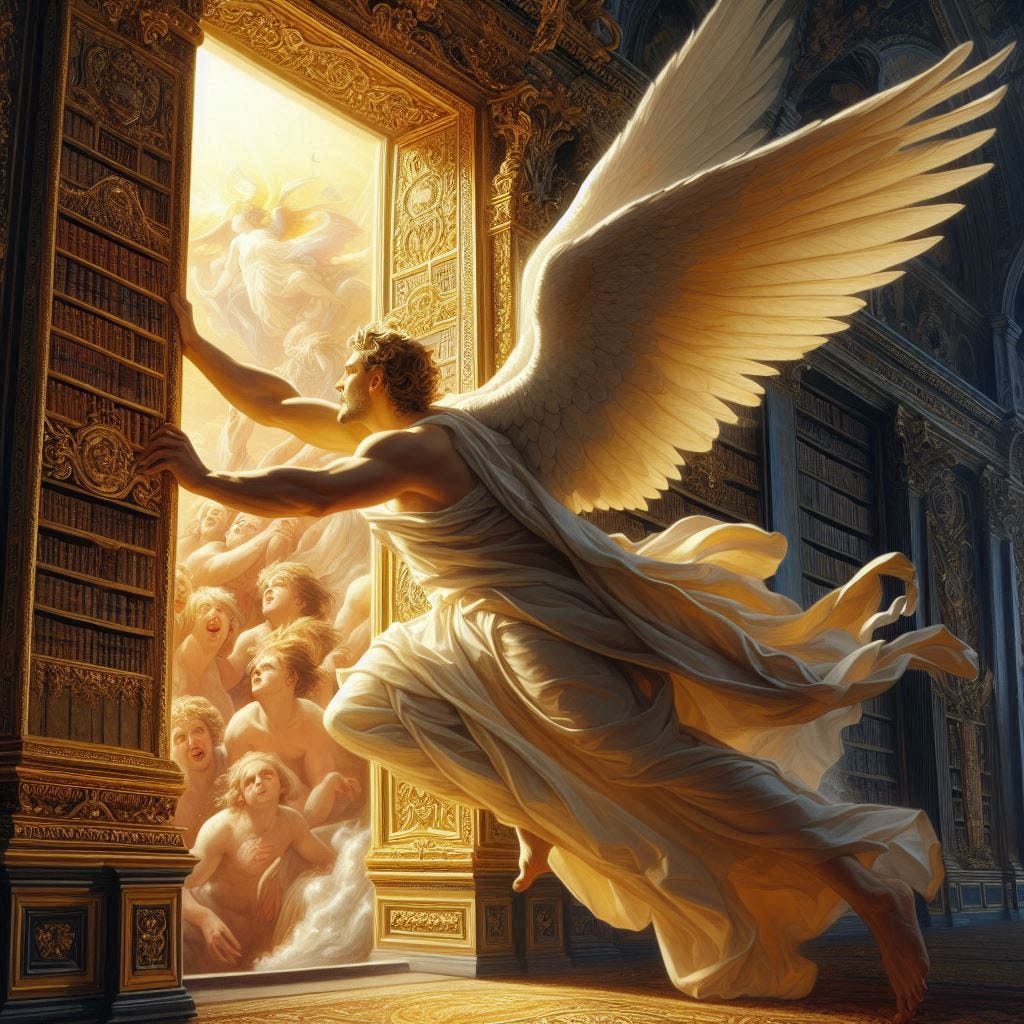An Introduction to Luciferian Kabbalah
For those on the path of Luciferianism, the Tree of Life becomes a powerful symbol of individual empowerment, enlightenment, and spiritual rebellion.
Kabbalah offers one of the richest and most complex spiritual frameworks in human history—a map of the cosmos, the self, and the divine. Central to this mystical system is the Tree of Life, which spans ten sefirot, or emanations, each representing a unique aspect of how the Infinite (Ein Sof) interacts with both the material and spiritual worlds. The Tree of Life is not merely a diagram; it is a living symbol, a guide for those who seek to understand the interconnectedness of all things.
For those on the path of Luciferianism, the Tree of Life becomes a powerful symbol of individual empowerment, enlightenment, and spiritual rebellion. This article explores how the principles of Kabbalah merge harmoniously with the spirit of Luciferianism—a journey focused on self-realization, illumination, free will, and the courage to challenge limiting beliefs. Together, these traditions provide a transformative path that honors the quest for personal and cosmic truth.
Lucifer as the Seeker of Knowledge
The Luciferian archetype represents the pursuit of knowledge, autonomy, and enlightenment. Unlike the reductive portrayal of Lucifer as a figure of pure rebellion or evil, Luciferianism sees Lucifer as the light-bringer, the one who dares to seek wisdom and share it with others. In Kabbalah, this role finds resonance in the sefirah of Da'at, the hidden eleventh sphere that represents knowledge and the bridge between the higher and lower worlds.
Da'at is not always included in traditional depictions of the Tree of Life, yet it is essential for integrating wisdom and understanding, represented by Chokhmah and Binah. Similarly, Lucifer, as the bringer of light, represents a deeper knowing—a knowledge that transcends surface appearances and pierces into the truths often obscured by dogma and rigid societal structures. Luciferianism encourages us to reach for Da'at, to embrace the process of knowing and integrating all aspects of our being, even those that might be considered "forbidden" or unconventional.
Free will is a crucial aspect of this pursuit. In the Luciferian path, knowledge is not handed down as a directive but sought out through one's own choice and effort. The concept of Da'at invites us to exercise our free will in the pursuit of truth, recognizing that true knowledge requires active engagement with the world, a willingness to question, and the courage to seek answers beyond the boundaries of conventional belief. Luciferianism encourages us to make conscious choices that lead to growth, to exercise our autonomy, and to take responsibility for our journey of enlightenment.
The Path of Individuation and the Serpent
In Kabbalistic tradition, the serpent is often a symbol of temptation and fall. However, within a Luciferian framework, the serpent represents the necessary catalyst for growth and individuation. The story of the serpent in the Garden of Eden, offering the fruit of the Tree of Knowledge, is not seen as a tale of sinful disobedience but rather as a moment of awakening. It represents the first steps humanity took toward consciousness and self-awareness—an act of courage and the exercise of free will rather than rebellion.
The Kabbalistic Tree of Life itself is a journey of individuation, guiding the seeker through stages of spiritual and psychological development. Malkhut, the lowest sefirah, represents the physical world and our earthly existence, while Keter, at the top, embodies the ultimate unity with the divine. For a Luciferian, this journey is about embracing the tension between the material and the spiritual, recognizing that true illumination comes not from rejecting the physical but from transforming it. The serpent's ascent up the Tree of Life symbolizes the transformative process of embracing all aspects of oneself—both shadow and light—in the quest for divine wisdom.
This journey also emphasizes the role of free will in individuation. Each step on the Tree of Life requires conscious decision-making, the willingness to confront one's own limitations, and the courage to evolve. The serpent's offering of the fruit was an invitation to exercise free will, to choose knowledge over ignorance, and to embark on the journey of self-realization. In Luciferian Kabbalah, individuation is not a passive process; it is an active, willful engagement with the forces of light and shadow within ourselves.
Rebellion as an Act of Creation
Luciferianism also finds common ground with Kabbalah in the concept of creative rebellion. In the Kabbalistic tradition, the act of creation itself is an act of divine self-limitation—a process known as tzimtzum, where the Infinite withdrew to make space for the finite universe. This withdrawal can be viewed as an act of rebellion against the notion of an undifferentiated, all-encompassing divine presence, making room for diversity, multiplicity, and individuality.
In the same vein, Lucifer's rebellion can be seen not as a rejection of the divine but as a creative act—a decision to make space for individuality, freedom, and self-expression. The path of Luciferianism encourages us to participate in this divine creative process, to challenge the structures that confine us, and to become co-creators of our own lives. Just as the divine withdrew to allow for creation, we, too, can withdraw from limiting beliefs and societal expectations to make room for our own unique expression of the divine spark within. This process is fundamentally driven by free will—the freedom to choose our own path, to create our own reality, and to define our own existence.
The concept of tzimtzum also invites us to consider the importance of limitation as a precondition for creation. Just as the divine limited itself to create the universe, we, too, must often impose limits on ourselves to bring something new into being. This self-imposed discipline can be seen as an essential part of the Luciferian path—an act of rebellion against the chaotic, formless potential within us, channeling it into creative expression and manifestation. Rebellion, in this sense, is not destructive but constructive, allowing us to forge new paths and new ways of being, using our free will as the foundation for creation.



